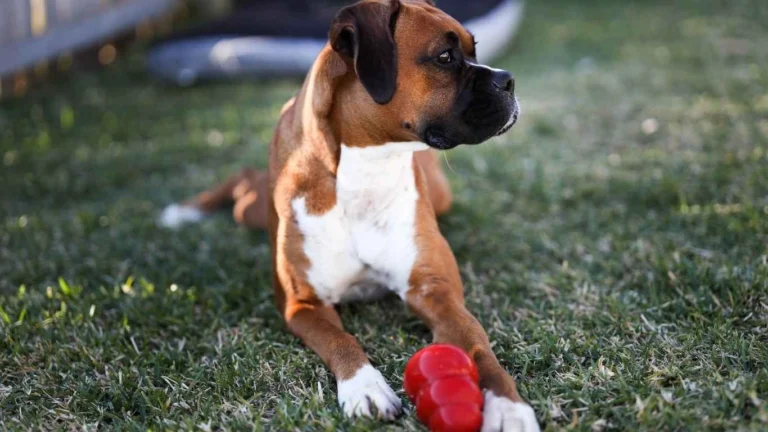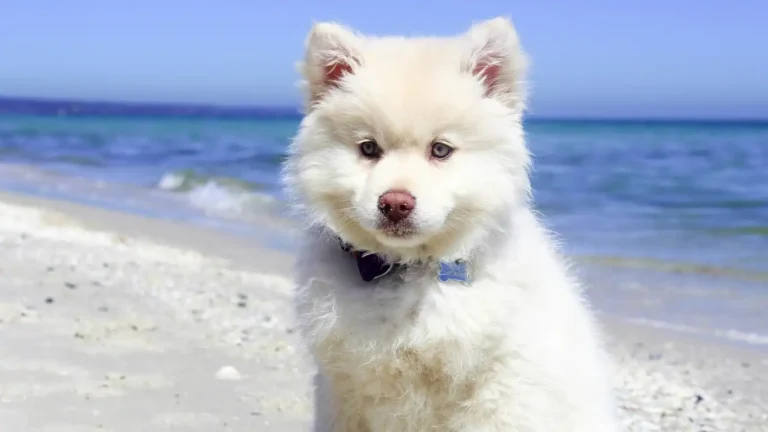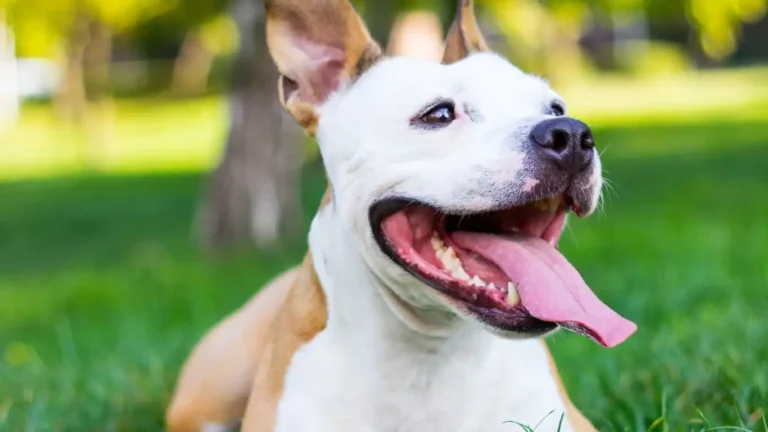Best Food Choices for Dogs Living in Hot Climates That Actually Work
When you’re living somewhere hot—and I mean *really* hot like southern Arizona, Texas, or Florida—you know the heat doesn’t just affect us humans. Our dogs feel it too, often more intensely. Over the years working as an Animal Care Specialist in both pet clinics and shelters, I’ve seen firsthand how important it is to tailor a dog’s diet to the environment they’re living in. That’s why today, I want to share what I’ve learned about the best food choices for dogs living in hot climates. Whether your pup is lounging under a palm tree or joining you for a desert hike, what they eat can make a big difference in how well they handle the heat.
Why Hot Weather Calls for Dietary Adjustments
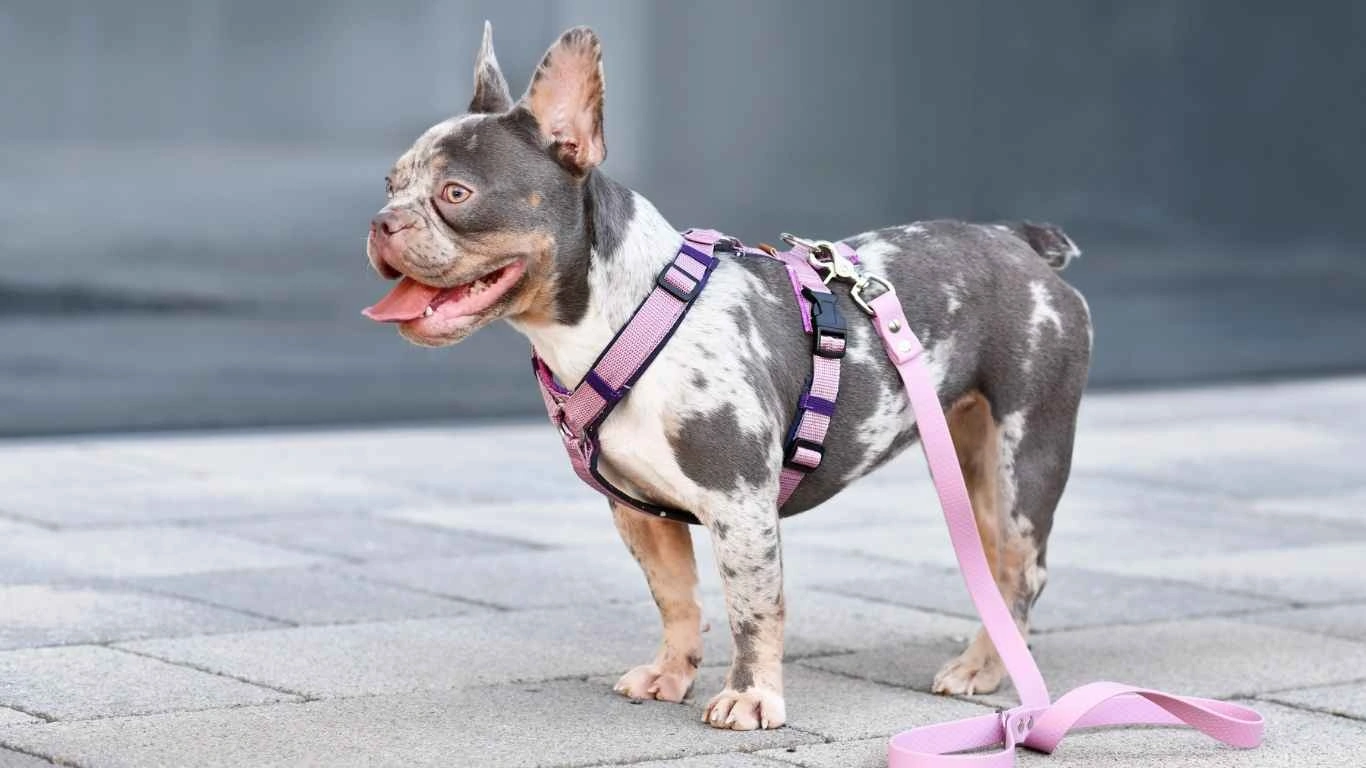
Let’s be real—dogs can’t just sweat it out like we do. They cool down primarily through panting and the pads of their feet. So when the heat is relentless, their bodies need a little extra help, and diet plays a surprisingly big role here. When I worked in a Tucson shelter during a particularly brutal summer, I noticed some dogs would get sluggish or even nauseous if they were fed heavy, fatty meals in the middle of the day. That was a wake-up call for me—and for the pet parents I worked with.
Hydration Starts With Food
This might sound odd, but your dog’s hydration isn’t just about their water bowl. A lot of moisture can (and should!) come from the food they eat, especially in hotter regions. Think about switching to a high-moisture diet during the peak summer months. This could include:
- Wet dog food – canned formulas that contain around 75-80% moisture
- Fresh foods – like cooked lean meats, cucumbers, watermelon (no seeds!), or bone broth
- Hydration boosters – like dog-safe electrolyte powders or frozen treats
Personally, I love prepping frozen watermelon cubes with a splash of no-sodium broth in ice cube trays. I used to hand them out at the clinic on especially hot days—it was like doggy popsicle hour!
Choose Lean Proteins and Digestible Carbs

Heavy meals can weigh dogs down, especially when it’s 100+ degrees outside. From my experience, dogs in hot climates tend to do better with leaner proteins and simple carbs that are easier to digest. Here are a few options I’ve had good success with:
- Chicken – boneless, skinless, and boiled or grilled
- Turkey – another light, lean meat that dogs love
- White fish – like cod or tilapia; light, cooling, and rich in Omega-3s
- Sweet potatoes – soft, packed with nutrients, and easier on the gut
- Brown rice – a great filler for energy without being too rich
One summer, I worked with a senior Labrador named Daisy who had recurring tummy issues every June through August. We cut back her kibble and added a mix of boiled turkey, brown rice, and green beans. Not only did she perk up, but she also lost a bit of that extra weight her joints had been struggling with.
Skip the High-Fat and Heavy Kibble
Now, this one might surprise some folks—but those ultra-rich, high-protein, high-fat kibbles? Not always a great match for dogs in super hot climates. They generate more internal heat during digestion (called diet-induced thermogenesis). That’s the last thing your dog needs when the pavement’s already sizzling.
If your dog is on dry food, look for formulations that are:
- Lower in fat (ideally under 15%)
- Moderate protein (around 18-25%)
- Enhanced with Omega-3s from flaxseed or fish oil
Oh—and bonus points if the brand includes probiotics or digestive enzymes. Those can help reduce inflammation and support the gut, especially during seasonal changes when dogs are more prone to GI upset.
Incorporating Cooling Foods into Their Routine
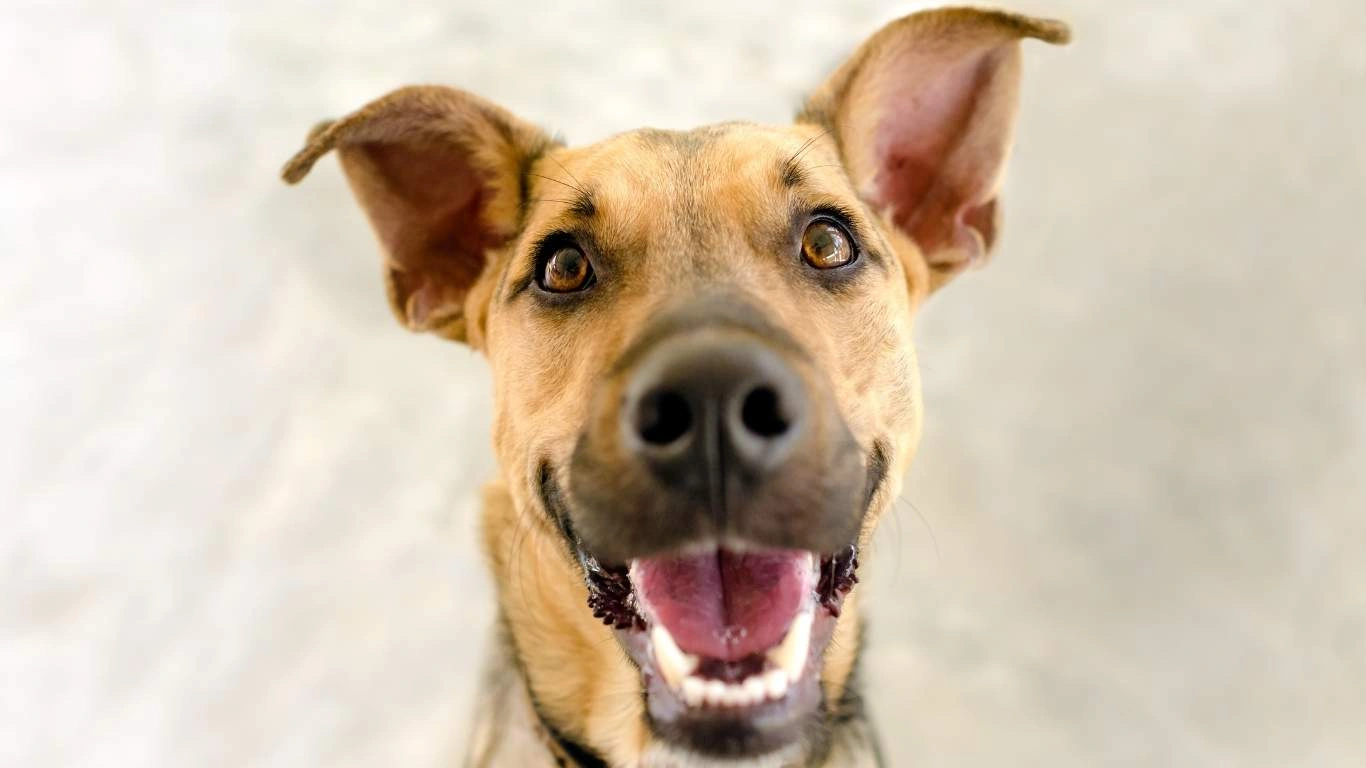
If you’ve ever heard of “cooling” foods in Traditional Chinese Medicine (yep, it applies to dogs too!), then you might already be familiar with some of these naturally refreshing options. They won’t literally drop your dog’s internal temperature, but they can help regulate energy and digestion during hot spells.
Some of my go-to cooling add-ins include:
- Cucumbers – super hydrating and easy to digest
- Celery – also hydrating, plus high in fiber
- Blueberries – rich in antioxidants, great for a summer snack
- Spinach – lightly steamed, for a vitamin boost
Just chop ‘em up and mix into their meal or freeze into treats. I used to call it my “summer salad bar” for pups at the clinic, and they couldn’t get enough!
Timing and Portioning Meals for Hot Weather

Another lesson I’ve learned the hard way—both as a pet parent and working with shelter dogs—is that when you feed your dog in the heat matters almost as much as what you feed them. Dogs tend to have a lower appetite during hot spells (just like us, right?), and feeding them big meals during the hottest part of the day can make them uncomfortable or even nauseous.
Here’s a general mealtime schedule I’ve seen work well for dogs in hot climates:
- Early morning meal – before the sun heats things up
- Light snack mid-afternoon – if needed, especially active dogs
- Evening meal – after sunset when it’s cooler
When I was fostering a Husky mix in Phoenix (yes, she had no idea she wasn’t bred for the desert), we had to shift her meals to before 8 AM and after 7 PM. Otherwise, she’d just stare at the bowl and walk away. Once we adjusted the timing, her energy and mood improved fast. Simple fix, big payoff.
Smaller Portions, More Often
Rather than two large meals, try dividing your dog’s food into three or even four smaller portions. This makes it easier to digest and less taxing on their system during high heat. It also reduces the risk of bloat, especially in deep-chested breeds like Great Danes or Boxers.
Bonus tip: If your dog’s a grazer, chilled puzzle feeders or frozen lick mats can help turn mealtime into a cooling enrichment activity.
Supplements That Help Beat the Heat
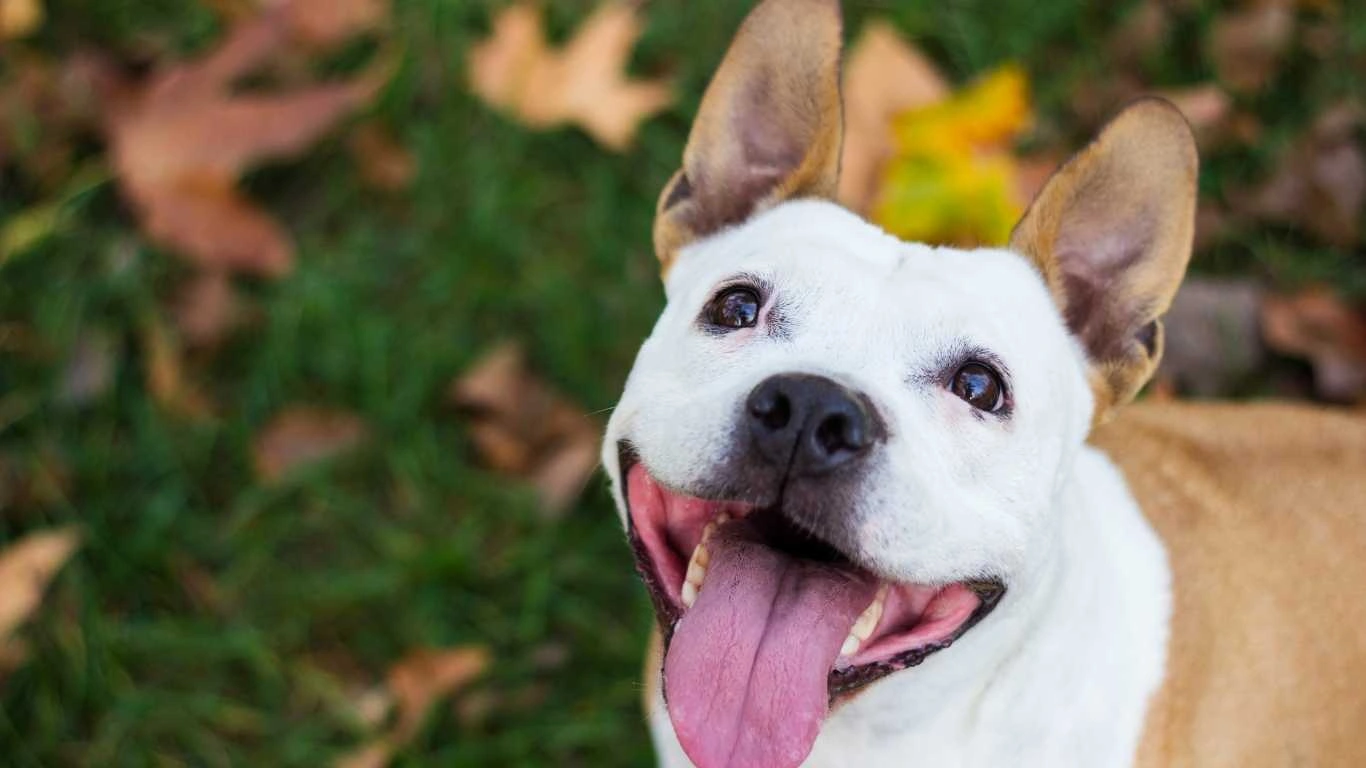
When it comes to supporting dogs through extreme temps, a few supplements have become staples in my routine—especially for those dogs who just don’t handle the heat well. While always consult your vet before adding anything new, these have worked wonders in both shelter and clinic settings:
- Omega-3 fatty acids – reduce inflammation, support skin and coat health
- Probiotics – help maintain a healthy gut (heat can stress digestion!)
- Electrolyte enhancers – especially during long walks or outdoor time
- Turmeric – a natural anti-inflammatory that’s great for older dogs
I remember one senior Beagle, Max, who struggled every summer with stiff joints and skin flare-ups. We started him on a simple Omega-3 and turmeric supplement combo, and within weeks, he was moving easier and itching less. It’s not a miracle cure, but it really made a difference for him.
Herbal Cooling Options
There are also a few natural options you can explore—things like peppermint tea (cooled down, of course!), chamomile, or even aloe vera (just a bit and make sure it’s pet-safe and free of latex). I used to brew a weak peppermint tea, mix it with broth, and freeze it into cubes—dogs loved the smell, and it had a mild cooling effect too.
Understanding Breed-Specific Needs
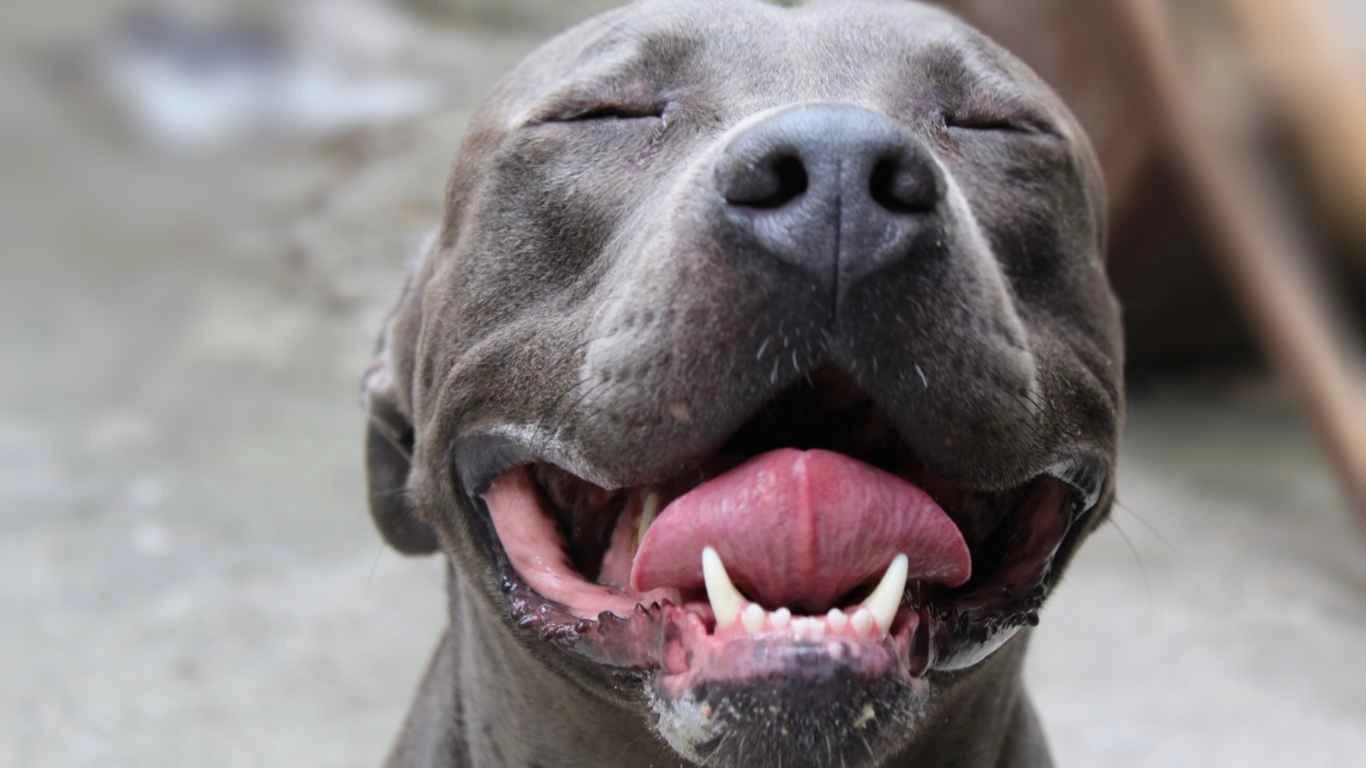
Something I always stress with clients is that not all dogs handle the heat the same way—and a lot of it comes down to breed. Some pups are naturally more heat-sensitive, and their diet should reflect that. If your dog’s got a flat face (brachycephalic breeds like Bulldogs, Pugs, and Shih Tzus), you know how easily they can overheat. And giant breeds? Their larger bodies retain more heat, which can affect digestion and overall comfort.
In these cases, a lightweight, moisture-rich, and easy-to-digest diet isn’t optional—it’s crucial. Here’s a quick cheat sheet I used to hand out at the clinic for clients with heat-sensitive breeds:
- Brachycephalic dogs: prioritize hydration and avoid overly rich, fatty foods
- Senior dogs: support joints and digestion with anti-inflammatory foods
- Large/giant breeds: stick to moderate protein, low-fat, with joint supplements
- Long-haired dogs: add cooling fruits and veggies to help internally regulate
There’s no one-size-fits-all answer, but understanding your dog’s breed and lifestyle helps build a meal plan that actually supports them through the summer instead of stressing their system.
Watch for Signs of Heat Intolerance
This probably goes without saying, but always watch for early signs that your dog isn’t tolerating the heat well. And yep—diet can either help or make things worse. Here’s what I keep an eye out for in hot weather:
- Loss of appetite
- Excessive panting or drooling
- Gums that look dark red or pale
- Low energy or disinterest in play
- Gastrointestinal upset (vomiting, diarrhea)
If your dog’s showing any of these signs, switch to easy-to-digest, cooling foods and call your vet. It’s always better to be safe—heat exhaustion can sneak up quickly.
Next, we’ll look at some easy, DIY recipe ideas and meal-prepping tricks you can try at home to keep your pup cool, nourished, and happy all summer long.
Easy Homemade Meals and Treats for Hot Weather

One of the best parts of caring for dogs—whether it was back in the shelter days or now with my own pack—is getting creative in the kitchen. You don’t need to be a gourmet chef to whip up some heat-friendly meals that your pup will not only tolerate but actually love. Over the years, I’ve come up with a few tried-and-true recipes that have worked wonders, especially for dogs who go off their kibble once the temps start to climb.
Simple Summer Meal Recipe
This is one I’ve shared with dozens of pet parents, and it’s been a hit every time:
- 1 cup boiled turkey or chicken (shredded, skinless)
- ½ cup cooked brown rice or quinoa
- ¼ cup chopped cucumber
- ¼ cup grated carrot
- Splash of low-sodium bone broth (for moisture and flavor)
Mix everything together and serve slightly chilled. It’s light, hydrating, and packed with nutrients without being too rich. I even add a sprinkle of turmeric now and then for a little anti-inflammatory boost—especially for my older dogs.
DIY Frozen Treat Ideas
In the clinic, we used to call these “doggy pops,” and we’d keep them in the freezer for heatwave emergencies or just as a mid-day refresh. They’re super simple to make and totally customizable.
- Frozen broth cubes – just pour low-sodium broth into ice trays and freeze
- Yogurt and fruit pops – blend plain Greek yogurt with blueberries or watermelon, freeze in silicone molds
- Cucumber-banana mash – mash together, spoon into Kong or mold, and freeze
I swear, dogs will line up for these like kids at an ice cream truck. My Border Collie, Luna, does this little excited spin when she hears the freezer door open now—it’s become her summer ritual!
Best Commercial Foods for Dogs in Hot Climates
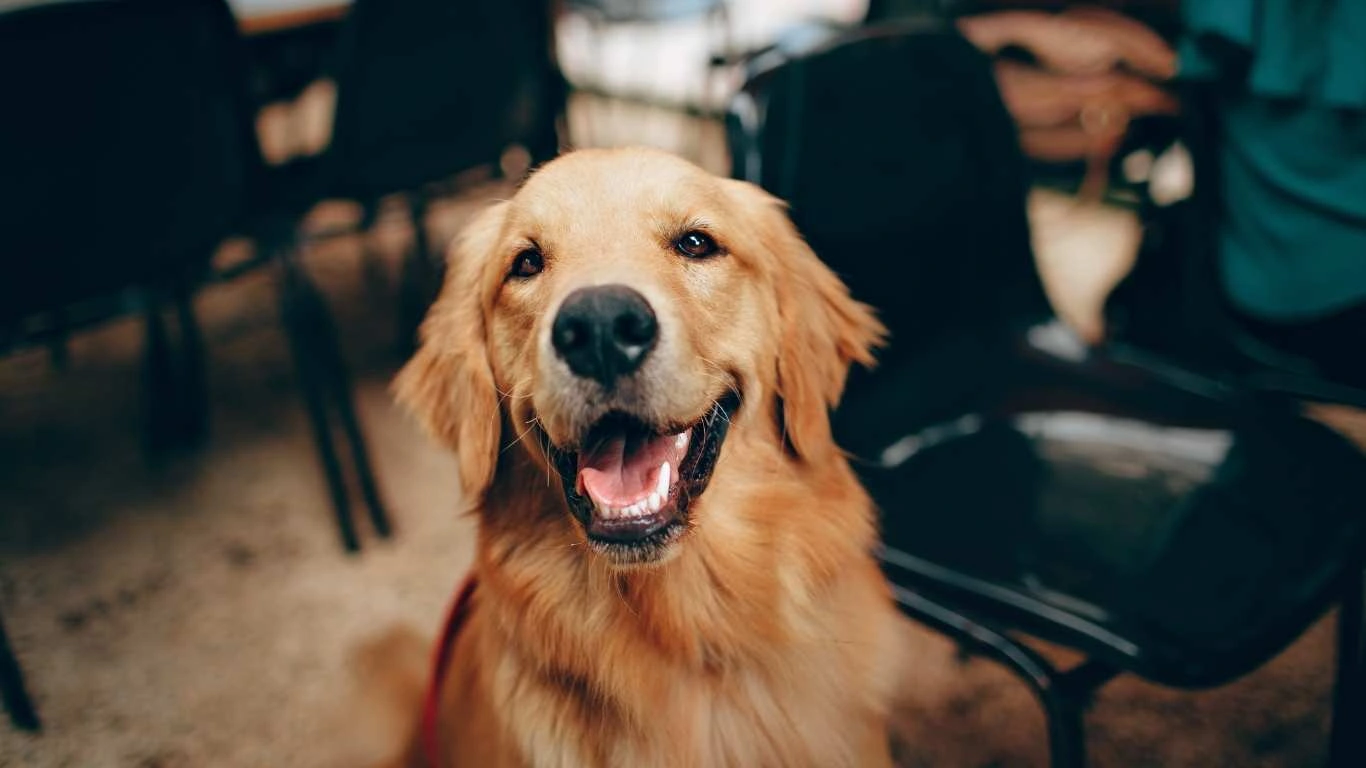
While homemade is fantastic, not everyone has time to meal prep for their dog every week. Totally get it. That’s why I’ve tested and researched a bunch of commercial foods over the years, especially those suited for hot weather. The best food choices for dogs living in hot climates tend to be those with high moisture content, moderate protein, and cooling or hydrating ingredients.
Here are a few I’ve personally recommended and seen great results from:
- Fresh food services like The Farmer’s Dog or Ollie – they offer customized, lightly cooked meals with great hydration and digestibility
- Canned food lines from brands like Weruva or Nulo – known for high moisture content and clean ingredients
- Air-dried or freeze-dried foods (reconstituted with water) from brands like ZiwiPeak – great protein sources without added fillers
One thing I always tell clients is to read the label. You’re looking for low-fat percentages (under 15% for most dogs), moderate protein, and named protein sources (like “turkey” or “salmon,” not “meat meal”). Steer clear of high-carb, high-fat dry foods in peak heat seasons.
What to Avoid in Dog Food During Hot Months
It’s just as important to know what *not* to feed. Based on my experience, here are the usual culprits that cause digestive upset, overheating, or just plain discomfort:
- Heavy, high-fat kibbles (especially those marketed as “performance” formulas)
- Artificial preservatives or flavorings
- Too many starchy fillers like corn, wheat, or white potatoes
- Excessive protein from questionable sources
Again, this isn’t fearmongering—it’s just what I’ve seen firsthand working with dogs that were already stressed from heat. Simplifying and hydrating their food almost always made a noticeable difference in their mood, stool quality, and energy levels.
Final Thoughts on Feeding Dogs in Hot Climates
At the end of the day, every dog is different. What works for my high-energy herding breed might not suit your senior Chihuahua or your bulldog who prefers to nap through the heat. But tailoring their diet to the climate isn’t complicated—it’s about fresh, light, hydrating foods and paying close attention to how they respond.
We can’t control the temperature, but we can control what goes into their bowl. With just a few changes, you can help your dog stay cool, nourished, and thriving all summer long.
References
Disclaimer
The information provided in this article is based on personal experience as an Animal Care Specialist and publicly available resources. Always consult your veterinarian before making significant changes to your dog’s diet, especially if they have underlying health conditions or are on medication.

